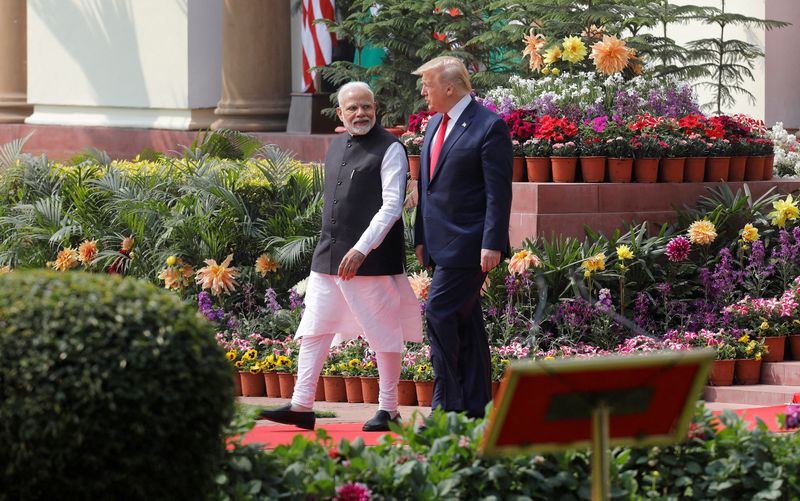India’s Amendments to Nuclear Liability Laws
The Government of India has announced amendments to the Civil Liability for Nuclear Damages Act (CLNDA) of 2010 and the Atomic Energy Act of 1962. This decision comes ahead of Prime Minister Narendra Modi’s visits to Paris and Washington. The amendments aim to facilitate foreign nuclear investments, particularly from American and French companies, which have faced legal hurdles for over 15 years.
Context of the Amendments
The amendments mark a notable shift from the government’s previous stance in 2015. They are intended to revive stalled projects, such as the Electricite de France’s (EDF) agreement to build six reactors in Jaitapur and Westinghouse Electric Company’s (WEC) plans for six reactors in Kovvada. The government is also focusing on integrating new technologies, especially small modular reactors (SMRs), into its nuclear energy strategy.
Legal Disputes & Opposition Concerns
- Western companies opposed strict liability clauses in the 2010 CLNDA law, which contradicts the International Convention for Supplementary Compensation (CSC).
- These clauses were added in 2012 due to concerns over nuclear disasters like Bhopal Gas Tragedy (1984) and Fukushima Disaster (2011).
Key Facts About Civil Nuclear Liability
- It ensures compensation for victims of nuclear accidents and defines who is responsible for the damages.
- The Vienna Convention on Civil Liability for Nuclear Damage and the Convention on Supplementary Compensation (CSC) set global rules for nuclear liability.
- CSC (1997) ensures a minimum compensation amount for nuclear accidents.
- India ratified CSC in 2016.
India’s Civil Liability for Nuclear Damage Act (CLNDA), 2010
Objective: To provide a fast and effective compensation system for nuclear accident victims.
- Operator’s Liability
- Nuclear plant operators are strictly liable, meaning they must pay compensation even if they are not at fault.
- Compensation limit for operators is ₹1,500 crore, which must be covered through insurance or other financial security.
- Government’s Role
- If claims exceed ₹1,500 crore, the government steps in, but its liability is capped at 300 million Special Drawing Rights (SDRs).
- Supplier Liability Clause
- Unlike CSC, India’s law allows operators to claim compensation from suppliers if:
- The accident is due to defective equipment or poor-quality services.
- Employees of the supplier cause the incident.
- This provision was added considering past disasters like Bhopal Gas Tragedy (1984).
Why is the Supplier Liability Clause Controversial?
- Foreign and domestic suppliers fear liability risks, making them hesitant to invest in India’s nuclear projects.
- Unclear insurance rules create confusion about compensation amounts.
- Overlapping laws may allow liability claims beyond CLNDA through other civil or criminal laws.
- Possible criminal liability for suppliers and operators under other laws.
Other Issues with CLNDA
- Fixed compensation limits may be inadequate for severe disasters.
- Taxpayers bear the burden as most plants are state-owned (NPCIL).
- No provisions for clean-up costs, despite past disasters like Chernobyl showing these are necessary.
- No foreign legal jurisdiction, meaning Indian victims cannot sue foreign suppliers in their home countries.
Historical Policy Reversal
- In 2015, India had ruled out amending the CLNDA law, despite announcing a nuclear deal breakthrough with the U.S. during President Barack Obama’s visit.
- India set up a ₹1,500 crore insurance pool to ease financial risks for suppliers, but it failed to attract investment.
Current Nuclear Power Landscape in India
India’s existing nuclear power capacity stands at 6,780 MW, derived from 22 operational reactors. The only foreign operator currently in India is Russia’s Rosatom. The government aims for at least 100 GW of nuclear energy by 2047, with an investment of ₹20,000 crore to develop five SMRs by 2033.
Month: Current Affairs - February, 2025
Category: Legal & Constitution Current Affairs







